Quick Links To Lion Genetics
- Lion Genetics Part 10 Overview
- Nomadic Lion Timeline
- Confrontation In The Pride Lands
- Watch Shamwari TV for More
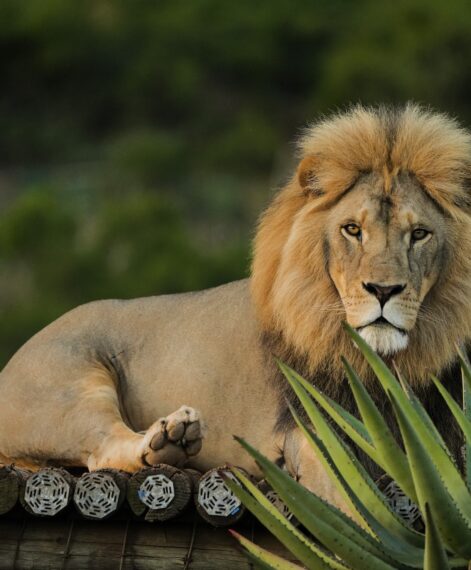

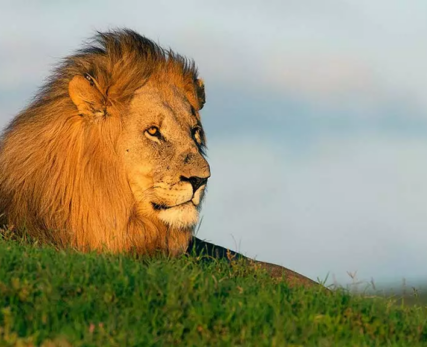
Aiming to restore this part of the Eastern Cape to its former glory, the Shamwari Private Game Reserve was born from the need to protect the country and its rich wildlife, bird and ecological diversity. A new male lion (nomad) was brought to the reserve as part of Shamwari’s ongoing conservation efforts. As lions disperse, establish territories, and breed, they bring new gene sets to the area. This genetic variation is crucial for species as it enables them to adapt to various environmental conditions and ensures the survival of the population.
Released onto Shamwari from Edo, this magnificent nomad male is part of restoring a piece of Africa’s natural heritage to what it was. Initially left in the boma to acclimatise, the male lion had time to become used to the odours of the area and hear other lions roar. It is introduced to the reserve to produce new genetic material. We are reenacting what would have happened naturally hundreds of years ago, before the construction of walls that isolated wild groups from one another.
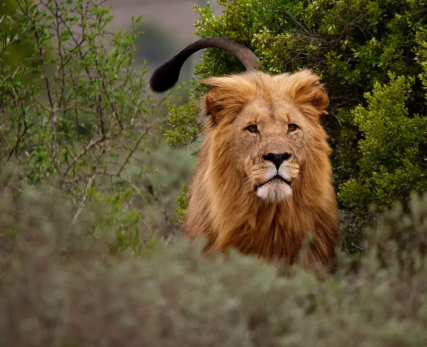
Initially released in the northern sector of the game reserve for two weeks and a half, the nomad moved further north and began to move along the western side of the perimeter. This male lion is adjusting and fitting in perfectly well within this area which he will now start calling his own home.
Proving that he is becoming accustomed to the terrain, sights, and sounds, the nomad started doing exactly what he should be doing:
This predator is doing exceptionally well for himself because lion prides hunt in packs yet he has managed to dominate these parts on his own. He has crossed through the northern pride’s territory, the central pride’s area, and was now sitting on the outskirts where some of the southern pride migrate from time to time.

Seen walking behind acacia bushes, the newly released nomad was settling in well. Because lions are naturally territorial, conflict is inevitable. Although it is quite common for a lion pride to quarrel with nomads that are not direct descendants of the same herd, there has been very little aggression between the nomad and the southern pride. However, this male lion has come into an altercation with the southern pride as anticipated.
It’s spring and the nomad has made the reserve a home. There is a huge amount of tolerance, which is great because this means he is almost coexisting but not with the southern pride. Nevertheless, this male predator is surviving:
It is yet to be determined if a coalition exists between the nomad lion and the southern dominant male.
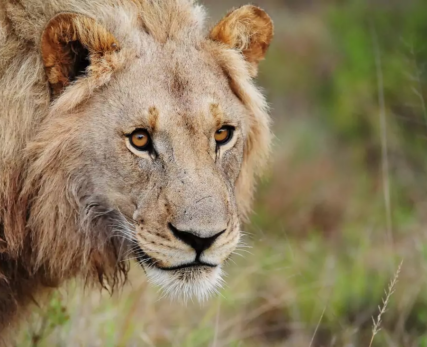
When male lions reach maturity, they are inevitably thrown out of their innate pride and become nomads. They roam alone or form coalitions until the time comes to challenge the existing dominant male of the herd. Fast forward to October 29th and the resident dominant male, who primarily patrols and lives in the southern part of the reserve, has rarely interacted with the nomad. However, the current situation will not last forever. Because the dominant male will eventually become older and give way to the new male lion.
The nomad looks great and has better positioned himself:
Click here to watch this nomad explore his new dominion.
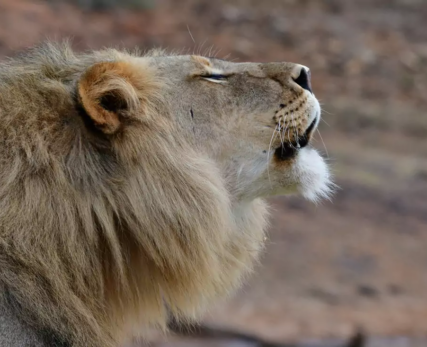
June 10, 2022…
Unpredictable and dynamic, the much-anticipated pride takeover is yet to be witnessed. So far, the nomad was seen moving on the fringes quite a lot:
Watch this nomad assimilate well in Shamwari Private Game Reserve.
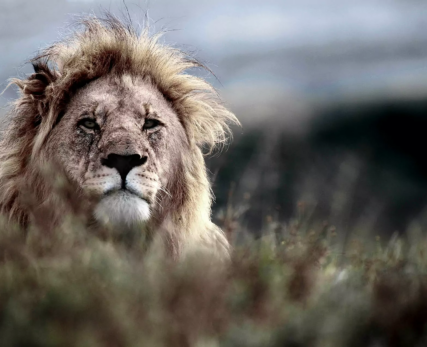
Brought into the reserve with hopes that the nomadic male lion will effortlessly assimilate into the lion pride and become the new dominant lion, the desired pride takeover is yet to occur. The introduction of this nomad was to help spread genetic materials as nature intended. Milestones to be noted:
It is quite important to note that there is no set time frame, and thus the pride takeover will eventually happen when the nomad is confident enough and ready. Click here to watch this part of the series.
Still hunting by himself, our nomadic male lion has been doing exceptionally well. Mostly eating and lying around, the nomad was mainly seen hanging around the southern area of the reserve. At this point, he still hadn’t linked with any of the lion prides on the reserve. Watch him here roaming around the territory of the southern pride of lions.
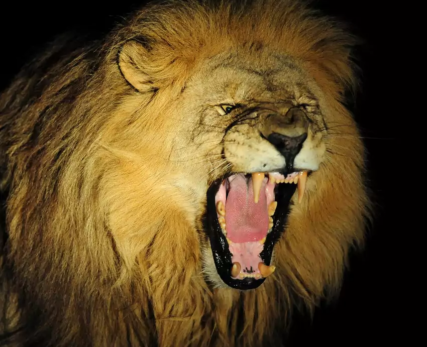
Over a year and the nomadic male lion hasn’t established the game reserve as his dominant territory but seems to be claiming part of it:
Click here to watch the latest part of this nomad’s behaviour and interactions on Shamwari TV.

It is important to keep in mind that the nomadic male lion was brought here to broaden the genetic variety of the lion species’ metapopulation as a whole within our region. Almost 40% of the overall lion species on the African continent has disappeared in the past 20 years, and lions are presently considered to be extinct in more than 15 countries on the African continent.
With habitat fragmentation and enormous habitat loss for animal populations in decline, it is conservation efforts like these and collaborations between reputable conservation organisations that will ensure the survival of this species and only strengthen the genetic pool.